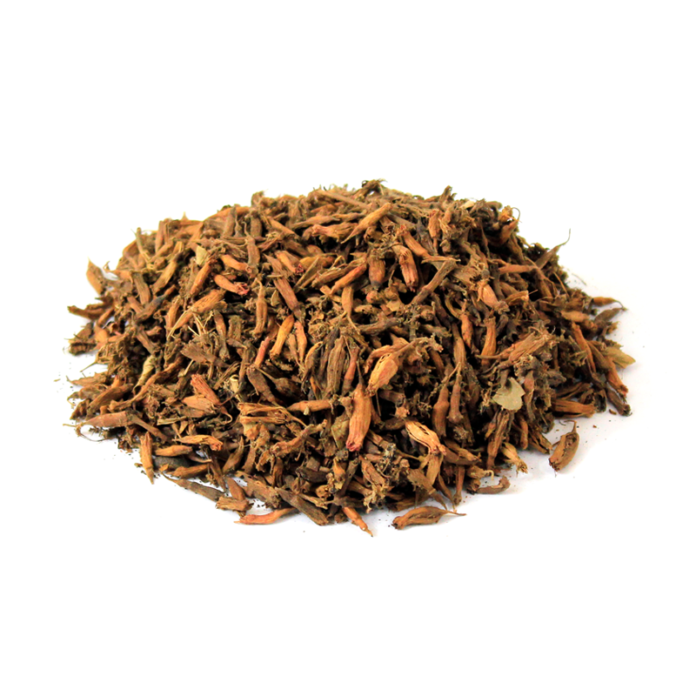INTRODUCTION

The Axle Wood Flower, known locally as Gul-e-Dhawa, refers to the flower of the Anogeissus latifolia tree, which belongs to the Combretaceae family. It is a medium-sized tree, growing to 20 m tall. Trunk straight, Bark is smooth, dark gray. Branches drooping, the leaves are arranged oppositely, simple, margin entire, with grayish-yellow hairs below. flowers are Stalkless, borne in dense, spherical heads on stalks in leaf apex or at the branch ends. Flowers are small, pale yellow. This tree is commonly found in South Asia, including India and Sri Lanka.
Key Features of the Anogeissus latifolia:
- Common Names: Axle wood tree, Gum Ghati tree, Indian Gum tree.
- Flower: The flowers are small, yellowish-green, and grow in clusters. They are not particularly showy but are important in the local ecology.
- Wood: The wood is highly valued for its strength and durability, making it ideal for purposes like cart axles, hence the name Axle Wood.
- Uses: The tree is used for timber, gum production (gum ghatti), and traditional medicine.
In local traditions, the Axle Wood Flower (Gul-e-Dhawa) is appreciated for its aesthetic and ecological contributions.
Medicinal Properties
The Axle Wood Flower comes from the Anogeissus latifolia tree and is used in traditional medicine for various health benefits. It has anti-inflammatory properties, which help reduce swelling, and antiseptic qualities that aid in wound healing. The bark can also treat digestive issues like diarrhea due to its astringent effects. Additionally, it contains antioxidants that protect cells and has some antimicrobial properties to fight infections. Some studies suggest it may help control blood sugar levels. Overall, people use parts of this tree for skin problems, fevers, and digestive health.
Health Benefits
The Axle Wood Flower (from the Anogeissus latifolia tree) is recognized in traditional medicine for a variety of health benefits, each linked to its unique properties:
Reduces Inflammation
The extracts from the bark and leaves contain compounds that help to lower inflammation, which can be beneficial for conditions like arthritis and muscle pain. This makes it useful for soothing joint discomfort and promoting mobility.
Promotes Wound Healing
The antiseptic qualities of the tree’s bark and gum can aid in the healing of cuts and wounds by preventing infections. Applying a paste made from the bark can protect against bacteria and speed up the healing process.
Treats Digestive Issues
The astringent properties of the bark are effective in treating gastrointestinal problems, particularly diarrhea. By tightening the tissues in the gut, it helps reduce excessive fluid loss and discomfort.
Antioxidant Effect
The presence of antioxidants in the plant helps combat oxidative stress in the body, which is linked to various chronic diseases. These antioxidants protect cells from damage caused by free radicals, contributing to overall health and longevity.
Antimicrobial Properties
The plant has demonstrated activity against certain bacteria and fungi, making it useful in traditional remedies for infections. This can include topical applications or internal use for treating various ailments.
Blood Sugar Regulation
Some studies suggest that extracts from Anogeissus latifolia may help manage blood sugar levels, making it beneficial for individuals with diabetes or those at risk of developing the condition. This can support overall metabolic health.
Supports Skin Health
The tree’s extracts are used in traditional remedies for skin conditions, helping to soothe irritations, reduce inflammation, and promote healing. Its antiseptic properties can also prevent infections in skin injuries.
Boosts Immune Function
Regular use of parts of this tree may enhance immune function, helping the body fight off illnesses and infections more effectively.
Other Benefits
- Dysentery.
- Dysuria.
- Leucorrhea.
- Menorrhagia.
- Ulcers.
- Toothache.
- Spleen enlargement.
- Cold and cough.
- Cholera.
- Excessive perspiration.
- Urinary disorders.
- Scorpion sting and snake bite.
Side Effects
While the Axle Wood Flower (from the Anogeissus latifolia tree) is used for its medicinal benefits, it’s important to be aware of potential side effects, especially when used in excessive amounts or without proper guidance:

- Gastrointestinal Issues
- Allergic Reactions
- Interference with Medications
- Skin Irritation
- Pregnancy and Breastfeeding Concerns
- Dosage Concerns




